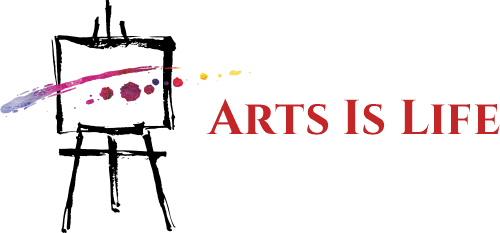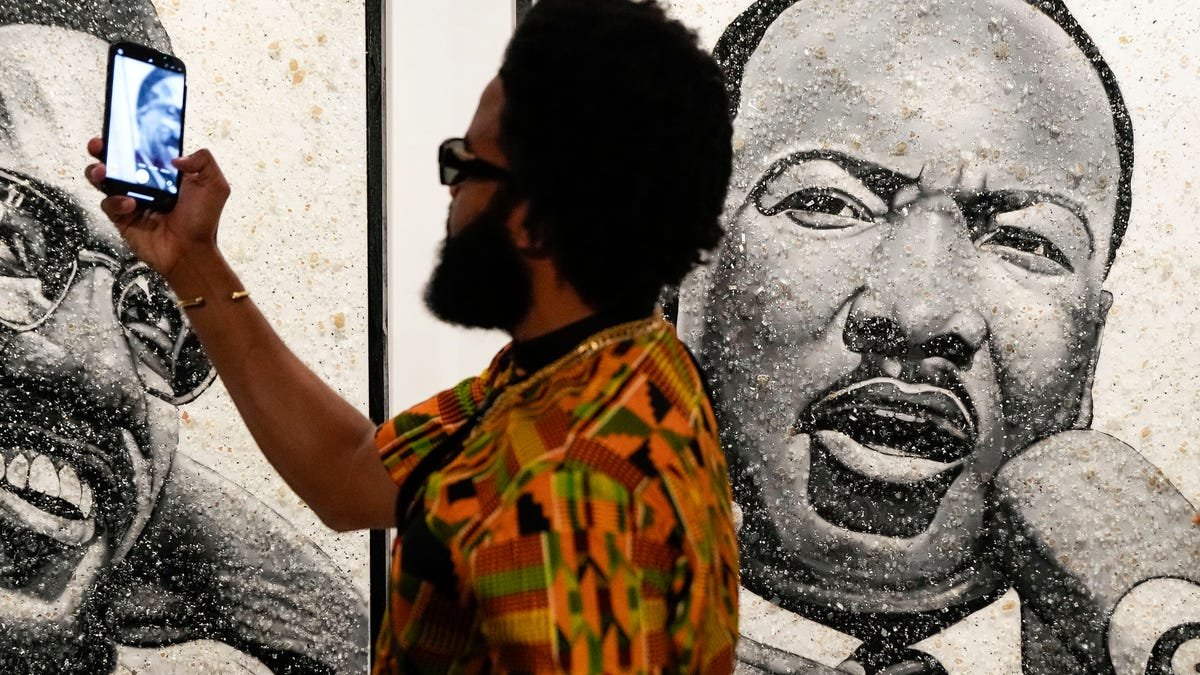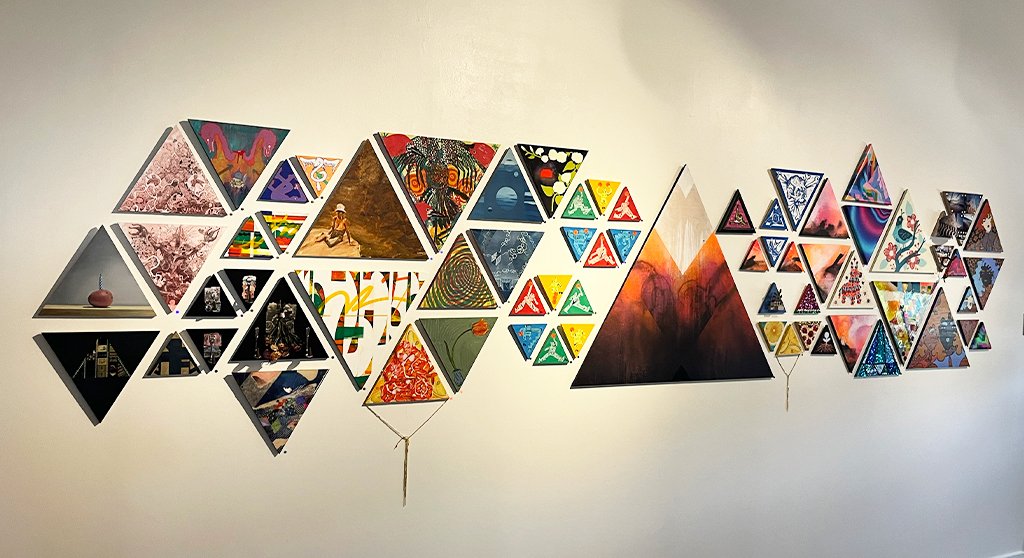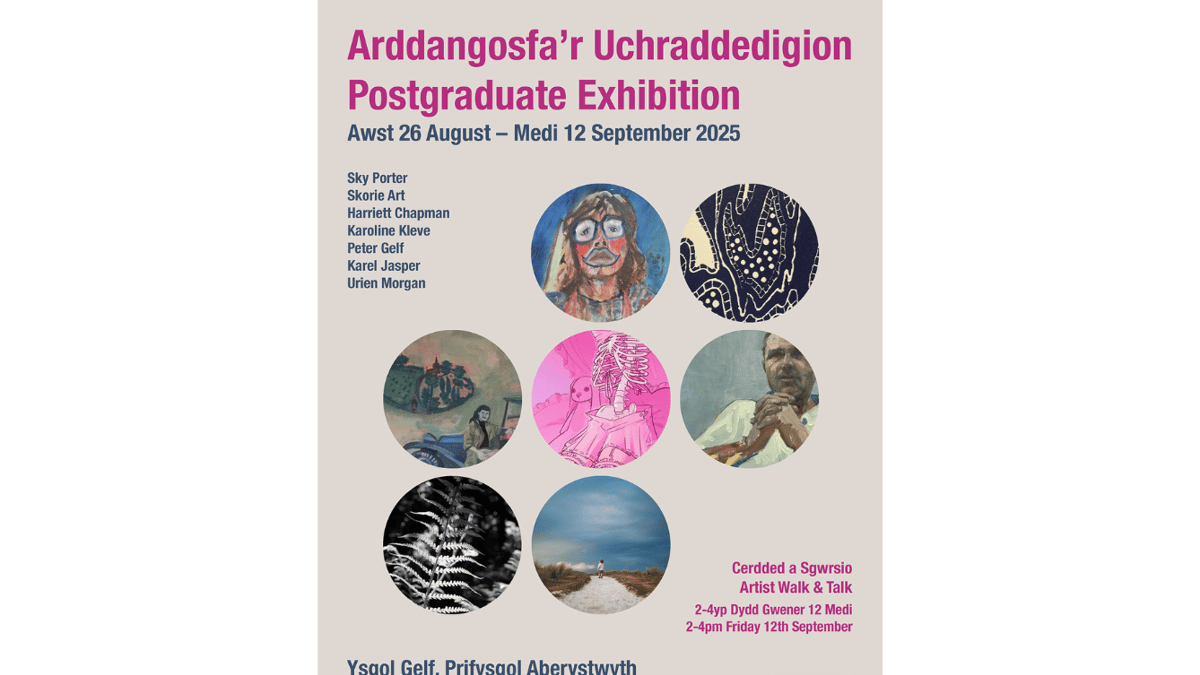
See the art, take a dip, network, drink a freddo cappuccino, then go for another dip. That’s art appreciation, the Mediterranean way—what sun-drenched islands offer in contrast to London, Paris, New York, Dubai or Singapore.
Akis Kokkinos, the curator of the show “Once We Were Gardens” at the Karavas Estate on the Greek island of Chios, knows this well. Born in Athens, he, like many Greek curators and artists, felt that a big art capital would be the next step. During the pandemic, he started dreaming about living a slower and more peaceful life in the countryside. But unlike many of us who dreamed of slowing down but quickly returned to our fast-paced lives after the world opened back, he actually followed the impulse.
It has now been five years since he founded DEO, the only art foundation in the not-very-touristy Chios (the birthplace of his mother), and kicked off a diverse range of programming. “Since I live here, I felt I could never do a nomad event that would just exist for a couple of days and then move somewhere else,” he tells Observer from his perch on an Adriana Varejão work: a bench with tiles featuring hallucinogenic plants. “People recognize me here, they appreciate my work,” he adds, noting that the reason why he insisted on having his pandemic realization go on, and not staying as a fleeting event, was the fact that he got great feedback from the local community.
In Campos, the countryside part of Chios where the show takes place this year, time seems suspended. You might as well be in the past century, with those high brick walls made of limestone giving the entire area a distinctive rosy color. Most of the estates are walled, built in this way in keeping with the Genoese and Ottoman architectural traditions.
Citrus and mastic trees are the other recurrent elements in the landscape, on an island that survives more on these exports rather than tourism, though Akis sees this changing soon: “I feel the Cyclades peaked already and are overcrowded, in the next five or ten years it will be all about the Aegean islands: Chios, Samos, Lesbos.”
The DEO Foundation isn’t for the fast-tourism crowds but rather attracts a blend of visitors from both the international community and the locals through a series of programming—exhibitions, artist residencies, public commissions and educational activities—that often loop in schools and local establishments.


On the beachfront, Akis (in high-waisted pants, Dior sunglasses and a designer bag) opens the Greek paper Kathimerini, which has covered the show three times, showing how much the island’s art is well-received. Whereas carefully planned top-down art districts like Gillman Barracks in Singapore struggle to have a constant influx of visitors, the natural charm of this island and word of mouth have Akis’ phone frequently ringing, as visitors inquire about opening times and other details.
An effortlessly chic man in his thirties with a relaxed attitude, he traveled around the world to find the artists who would participate in the show, which is DEO’s main curatorial focus for the year. “The exhibition was almost entirely conceived in my mind in its final form. And when the artists came here to the estate to pick the location for their work, they almost always chose the exact place where I meant to have them.” This resonance feels, in some ways, like a perfect encounter between man and nature. The owner of the estate, a collector from Athens, felt enthusiastic and invested in the process. “We don’t want people who just give us the space, but rather people who feel involved,” Akis says.
One of the most touching works in the show is Socratis Socratous’ Stolen Garden, a series of leaves coated in real gold, silver and copper, and thrown on the ground alongside other desiccated branches and leaves. Looking at it, you can almost see an apparition of the divine, the sacred in the debris, in what is amassed to be burned or buried. It’s also an acknowledgment of the beauty of nature itself, the universe that we can find in the proverbial grain of sand, or in a broken branch.
“Once We Were Gardens” has a melodic rhythm, expressed in the dialog between more humble works and those that stand out for their colorfulness, like Delphine by Natalia Papadopoulou, an inflatable iridescent sculpture, which represents the mythological half-woman, half-snake who protects the oracle of Delphi.
This year’s edition of the show feels particularly personal to Akis. “I personally went through a breakup last year, and this made me think about what is left behind, what is discarded and like in a garden, what can be born out of the remnants,” he says. “So there is a personal dimension that informs wider reflections and the collective dimension of memories.”


Meanwhile, several islands away in the Dodecanese archipelago, a show with the poetic title “Folding The Sea Into Dresses That Dissolve Like Salt,” has been attended by people of all stripes, contributing to the cultural scene on the island, which despite its small size hosts a local art festival as well as music and theater initiatives.
Burcu Fikretoğlu and Gizem Naz Kudunoğlu chose Leros as the ideal location to develop the new vision for the art organization Perasma, which started in Istanbul and grew in Athens before putting down roots on the island. “We organized the first show three years ago, right after the pandemic, as a one-time challenge,” Gizem tells Observer. “We had experience organizing exhibitions in Istanbul and abroad, but here it was different. This island is a micro-periphery, a place with no established art scene or tourism infrastructure, and a complex past.”
The show attracts Turkish visitors who come from Bodrum, which is just a thirty-minute ferry ride away; they stop to see the show instead of having a bite at the starred restaurant Milos before making their way to the more touristy island of Patmos.


Originally a more bourgeois destination compared to Patmos with its fishermen, Leros has historically welcomed a large population of Greek-Egyptians, who built neoclassical houses with materials shipped all the way from Alexandria. Then, at the end of the 1800s, during the Libyan War against the Ottoman Empire, came the Italians, who in their short-lived dream of making Italy a colonial power, occupied the island. This carried on with the rise of fascism, building the port town of Portolago from scratch. Renamed Lakki, the town looks like a rationalist-architecture dream, with a cinema, a school, a market, a church and a number of low-slung houses dedicated to the officials who came to work in the navy and the aerial base and brought their families along.
Today, some of these ochre buildings are abandoned, while others are still functioning, like the Primary School of Lakki that houses the first part of the Perasma exhibition. In the columned courtyard, the sky is framed like an art installation made by nature. On big bulletin boards and paper dresses ringing the courtyard, Gülsün Karamustafa’s Mother Tongue (2025) traces the languages—including Greek—that, at one point or another, inhabitants were forbidden to speak.
Later in its history, the island opened an asylum, where the patients were kept in inhumane conditions until photographer Antonella Pizzamiglio documented the abuse, creating a great scandal that led to some major reforms but also gave Leros a dark reputation that kept tourists away. But it’s precisely because of this layered and often painful past that artists including William Kentridge and Brian Eno felt compelled to participate in the show. The show roots artistic practice in the local texture, not as a form of exoticization, but through deep and sustained dialogue with the place.


The neoclassical Kandioglou Mansion that hosts the other part of the show is in itself a symbol of the island’s layered legacy. “Buildings here carry many memories; time doesn’t move linearly, but is more cyclical,” Burcu notes. “The same structure might have been an Italian barracks, a refugee camp and an asylum—different lives layered atop each other. It feels like time folds back on itself, the past always present.”
“Folding The Sea Into Dresses That Dissolve Like Salt” takes its name from this folding, layering and transformation, echoing John Donne’s poem A Valediction: Forbidding Mourning and evoking a compass with one fixed leg and one moving freely but always connected, mirroring the sea’s relationship with the island.
It opens with a Korakrit Arunanondchai video—the fourth installment of his series With History in a Room Filled with People with Funny Names. It starts with his grandmother’s quiet rituals as she struggles with dementia, weaving personal memory, political protest and spiritual cosmology in a layered, non-linear tapestry. “It sets the tone,” Burcu says. “Fragmentation and memory flow through the exhibition.”
Among the most delicate artworks are the paintings of resident artist Joline Kwakkenbos, who painted vivid self-portraits during her month on Leros. Her queer identity and the choice of colors resonate with the space that hosted the show, and the past-colored landscape beyond the windows. Nearby, Lola Montes Schnabel’s ceramics and drawings evoke stories of migration and loss. She recounts a ferry ride from Kos when the sea was stained red by life jackets—a subtle, unspoken reference to the refugee crisis. The recurring blue and red palette connects to the uneasy relationship between sea and land.
“While most of the artists didn’t address the history of the island directly and figuratively, the feeling is lingering,” says Gizem. “Leros rearranges you, you feel inside yourself a state of becoming.” And maybe this is the most precious lesson these Mediterranean islands have to offer the contemporary art world: rather than adding more noise to an already frantic art world, the most radical gesture today is conceiving art as a moment of beauty, care of the place and respect.







